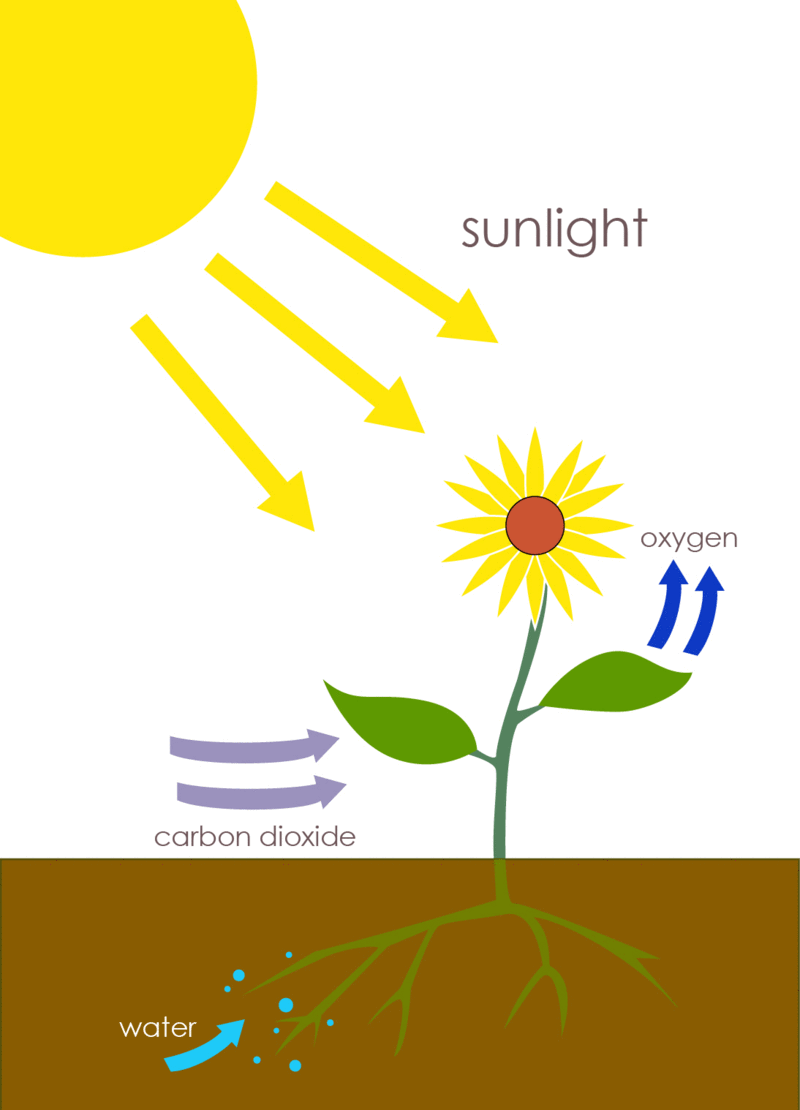Unfortunately from what I found, there has been no nanorobots that work or look as normal people like me think. However, It definitely has possibilities to emerge in the future and serve many purposes.
The closest actual "Nanomachine" that exist right now is a group of molecules called nanoporphyrin, which moves using hydrophilic and hydrophobic characteristics of it. It is used in medical diagnosis such as finding cancer tumors. Nanoporphyrin's small size gives it an intrinsic advantage as it can be engulfed by and accumulate in tumour cells, where it can act on two levels:
- On the molecule level, nanoporphyrin can aid diagnosis by enhancing the contrast of tumour tissue in magnetic resonance imaging (MRI), positron emission tomography (PET) and dual modal PET-MRI.
- on the micelle level, nanoporphyrin can be loaded with anti-tumour drugs to kill malignant tissue. When activated, for example, it can generate heat to "cook" the tumour tissue, and release lethal reactive oxygen species (ROS) at tumour sites.
Reference Articles:
"New Cancer-hunting 'nano-robots' to Seek and Destroy Tumours." New Cancer-hunting 'nano-robots' to Seek and Destroy Tumours. N.p., n.d. Web. 20 Apr. 2016. <http://phys.org/news/2014-08-cancer-hunting-nano-robots-tumours.html>.
"KurzweilAI | Accelerating Intelligence." KurzweilAI Lipid DNA Origami May Lead to Advanced Future Nanomachines Comments. N.p., n.d. Web. 20 Apr. 2016. <http://www.kurzweilai.net/lipid-dna-origami-may-lead-to-advanced-future-nanomachines>.
"How Nanorobots Will Work." HowStuffWorks. N.p., 11 Oct. 2007. Web. 20 Apr. 2016. <http://electronics.howstuffworks.com/nanorobot.htm>.
"Reversible Swarming and Separation of Self-Propelled Chemically Powered Nanomotors under Acoustic Fields." - Journal of the American Chemical Society (ACS Publications). N.p., n.d. Web. 20 Apr. 2016. <http://pubs.acs.org/doi/abs/10.1021/ja511012v>.


